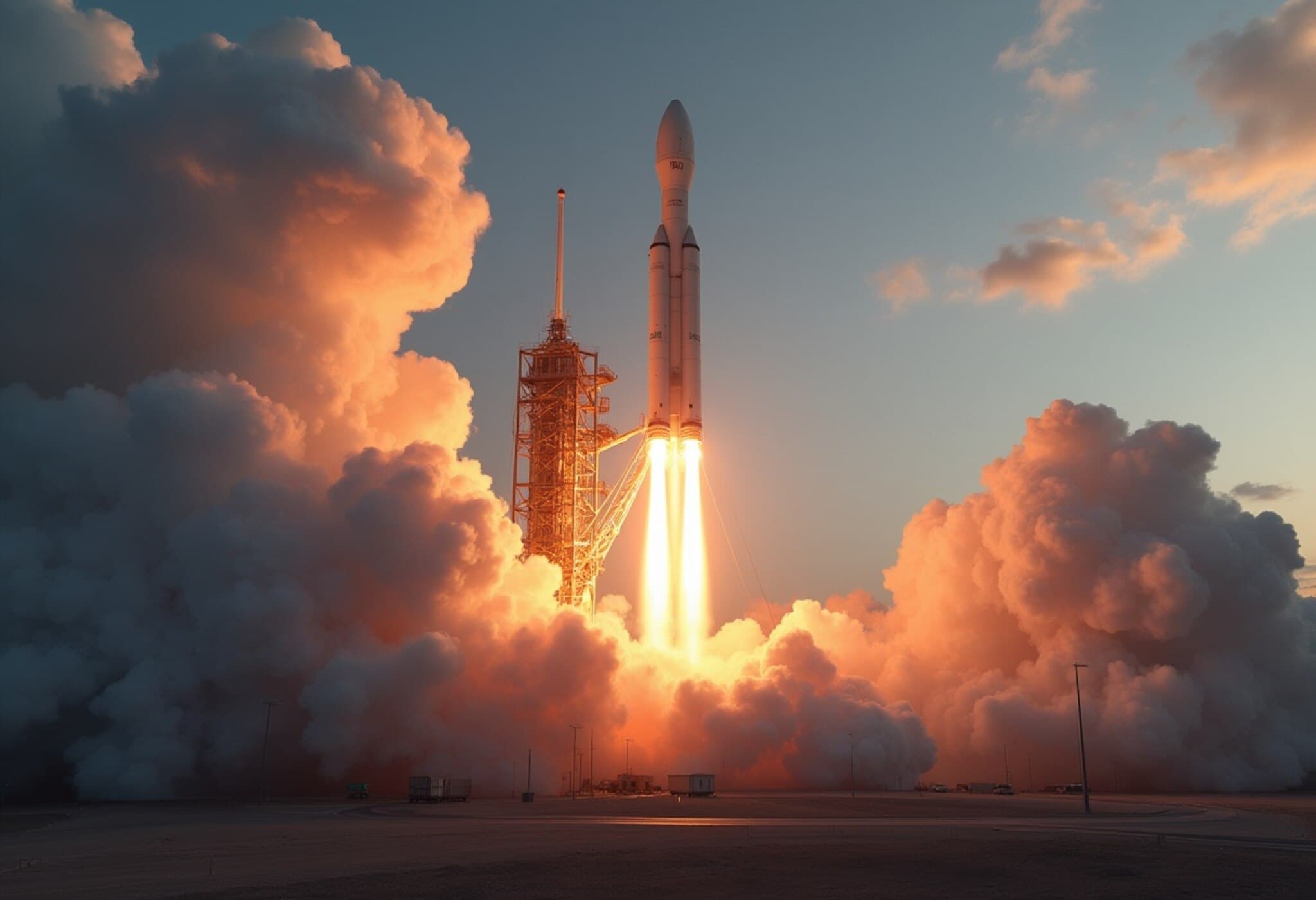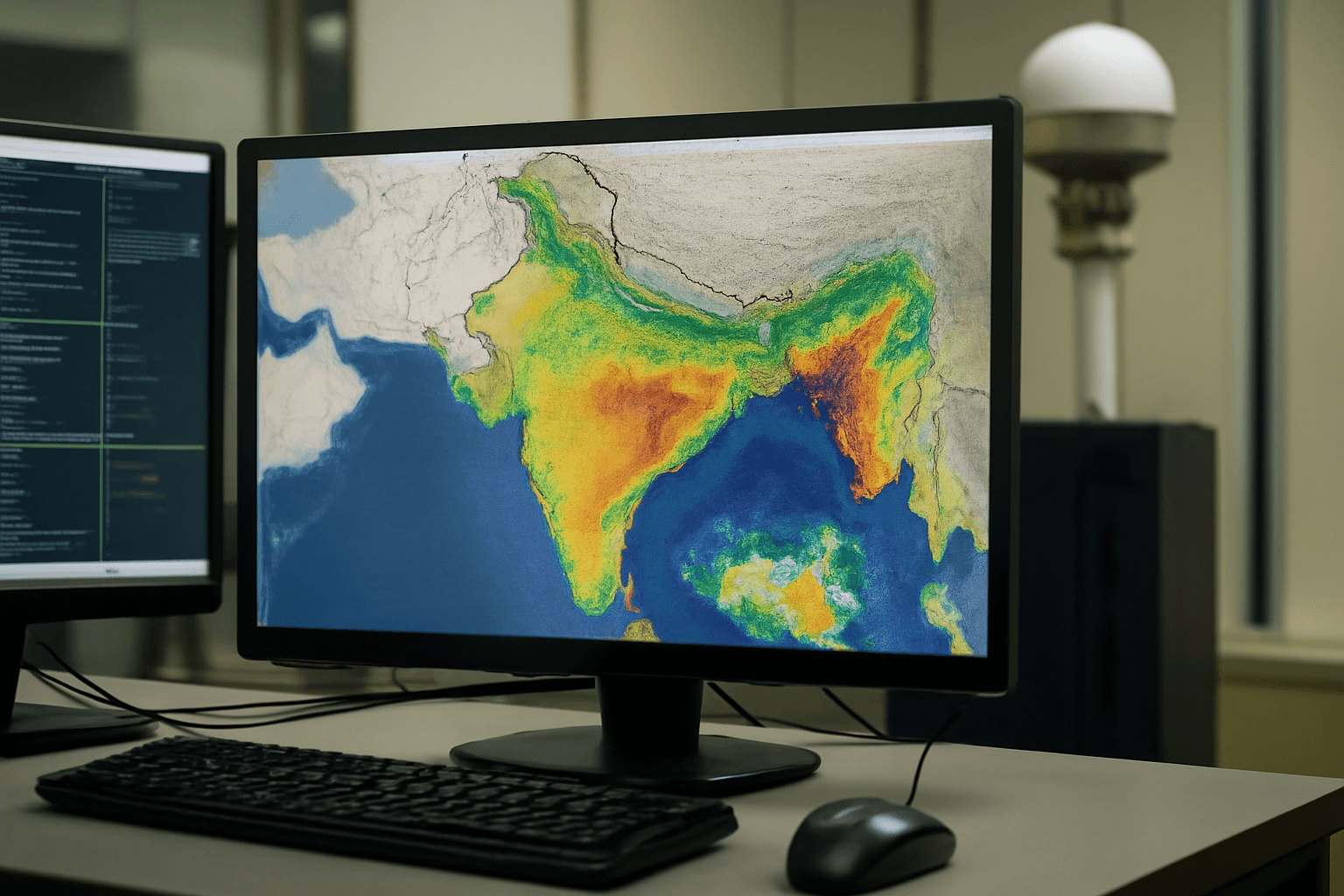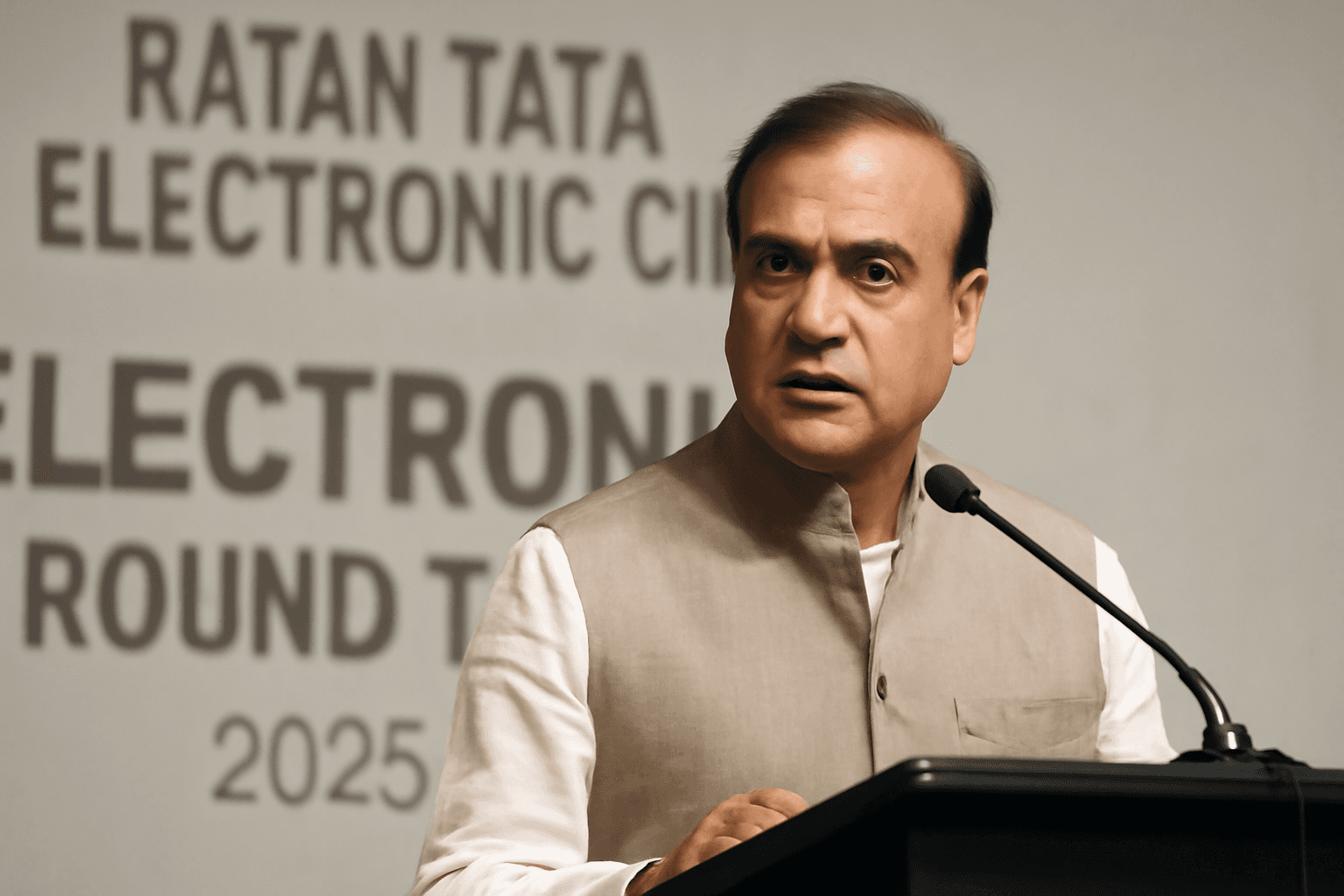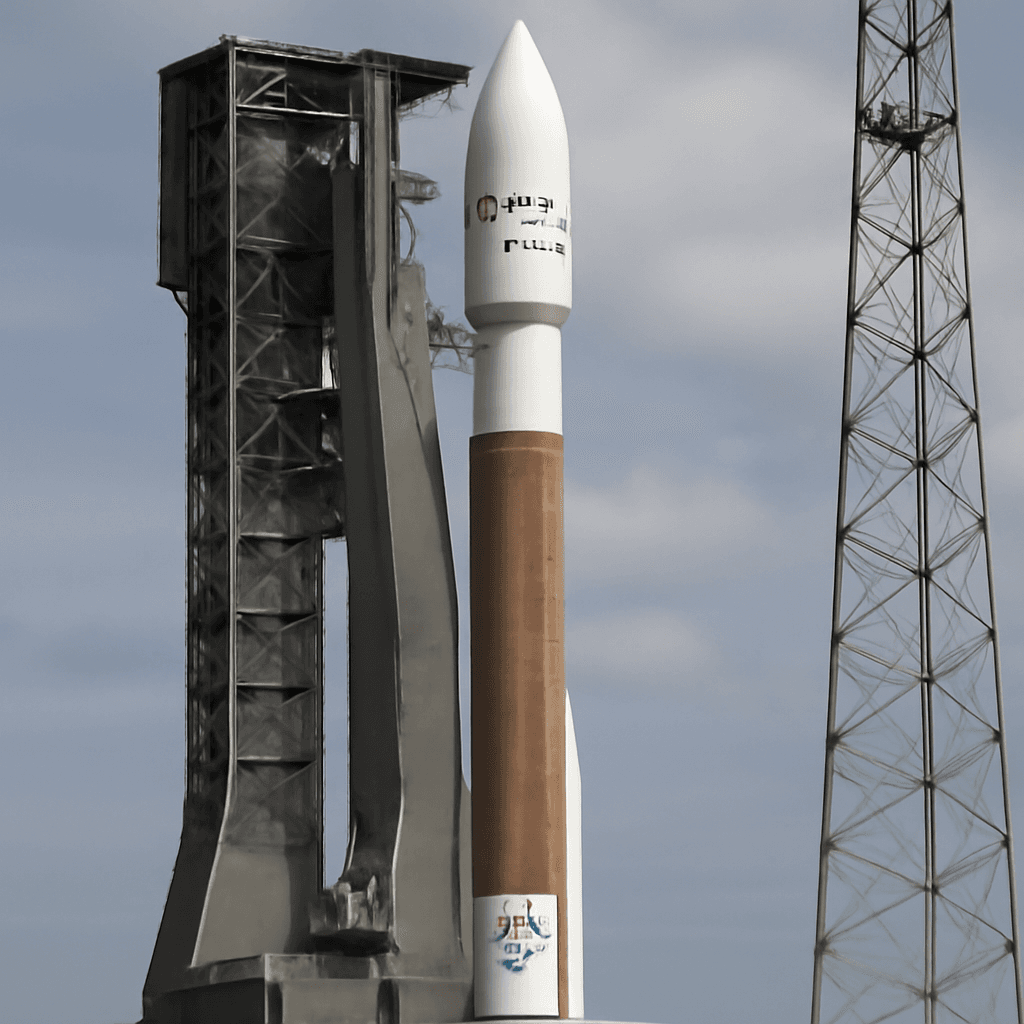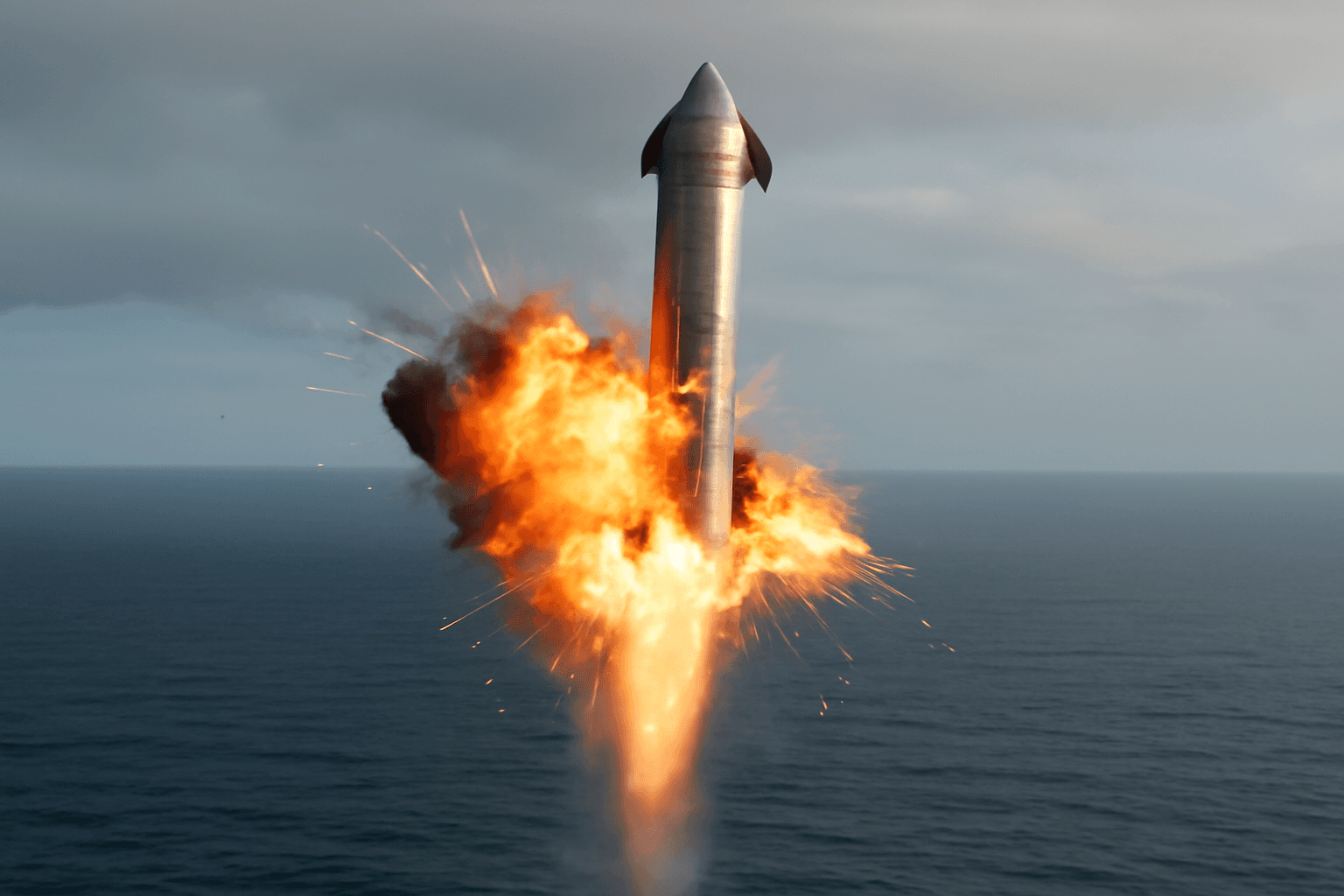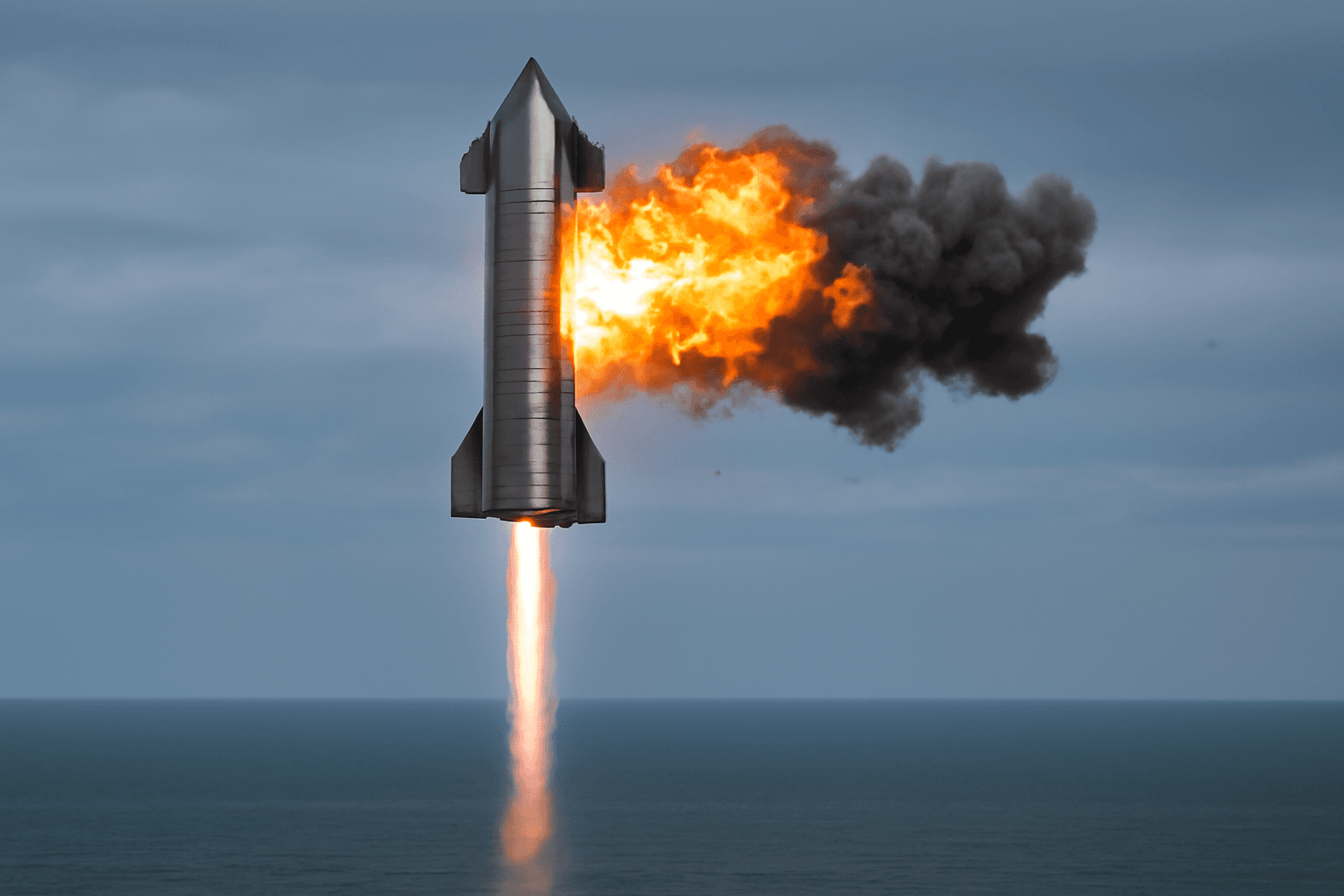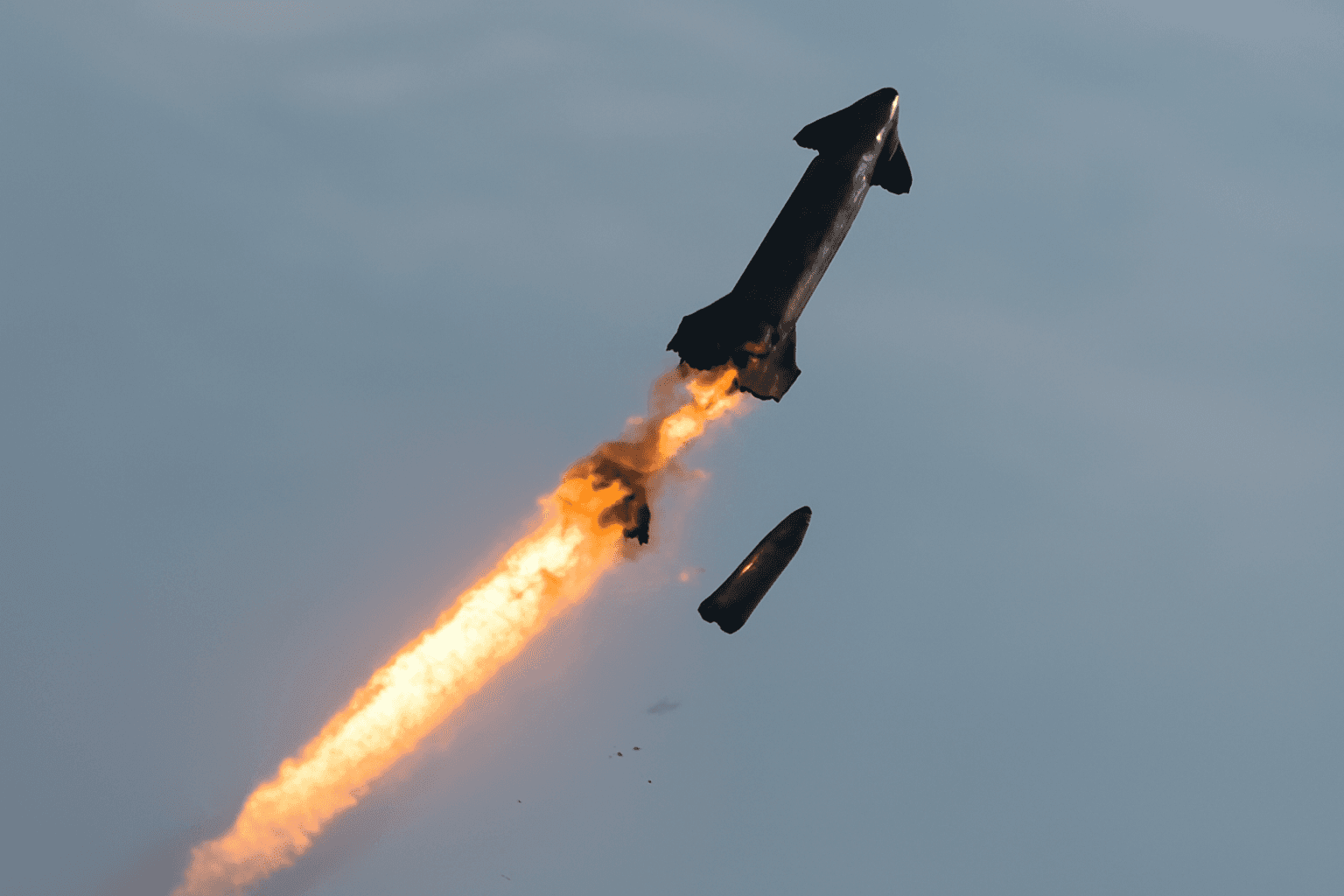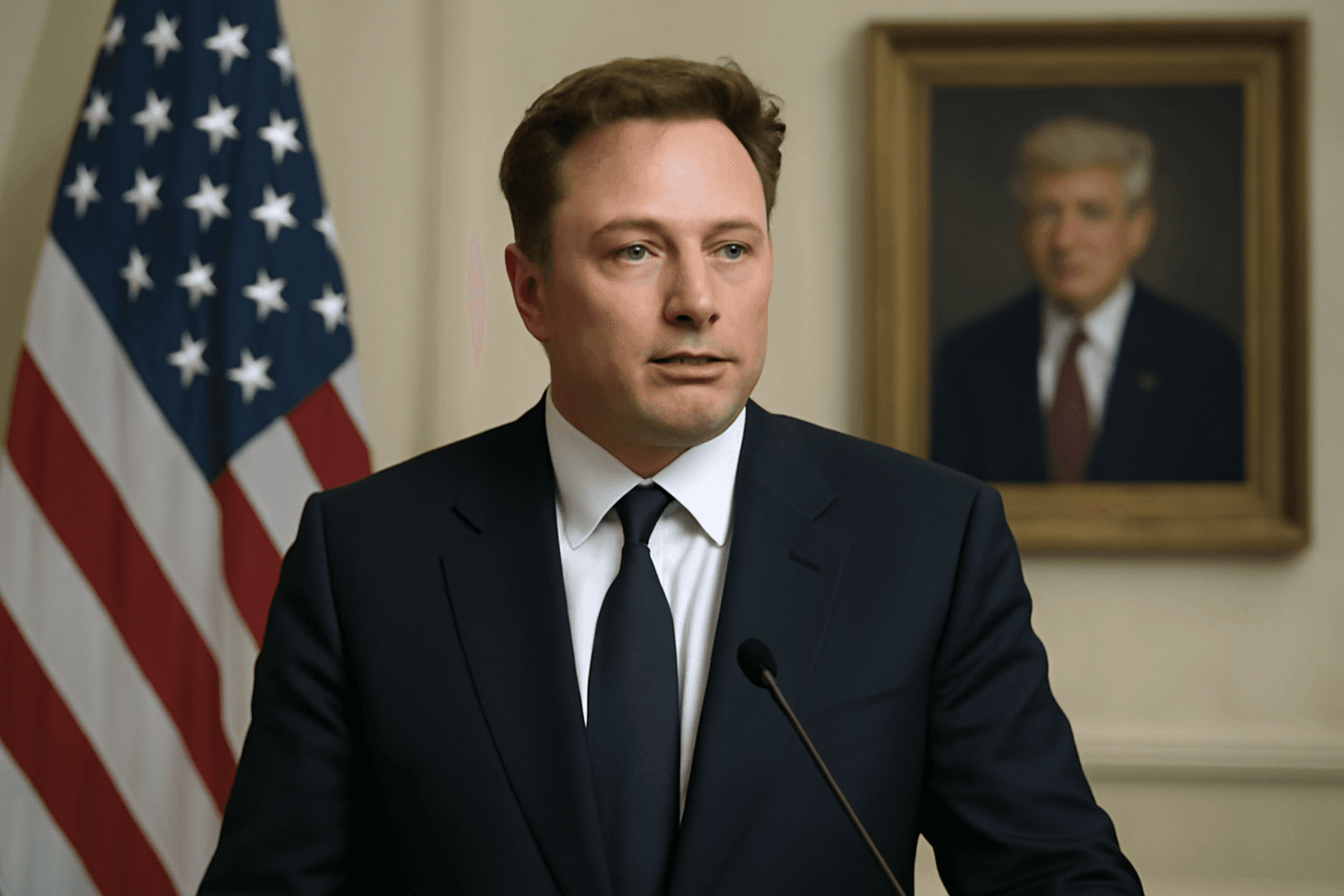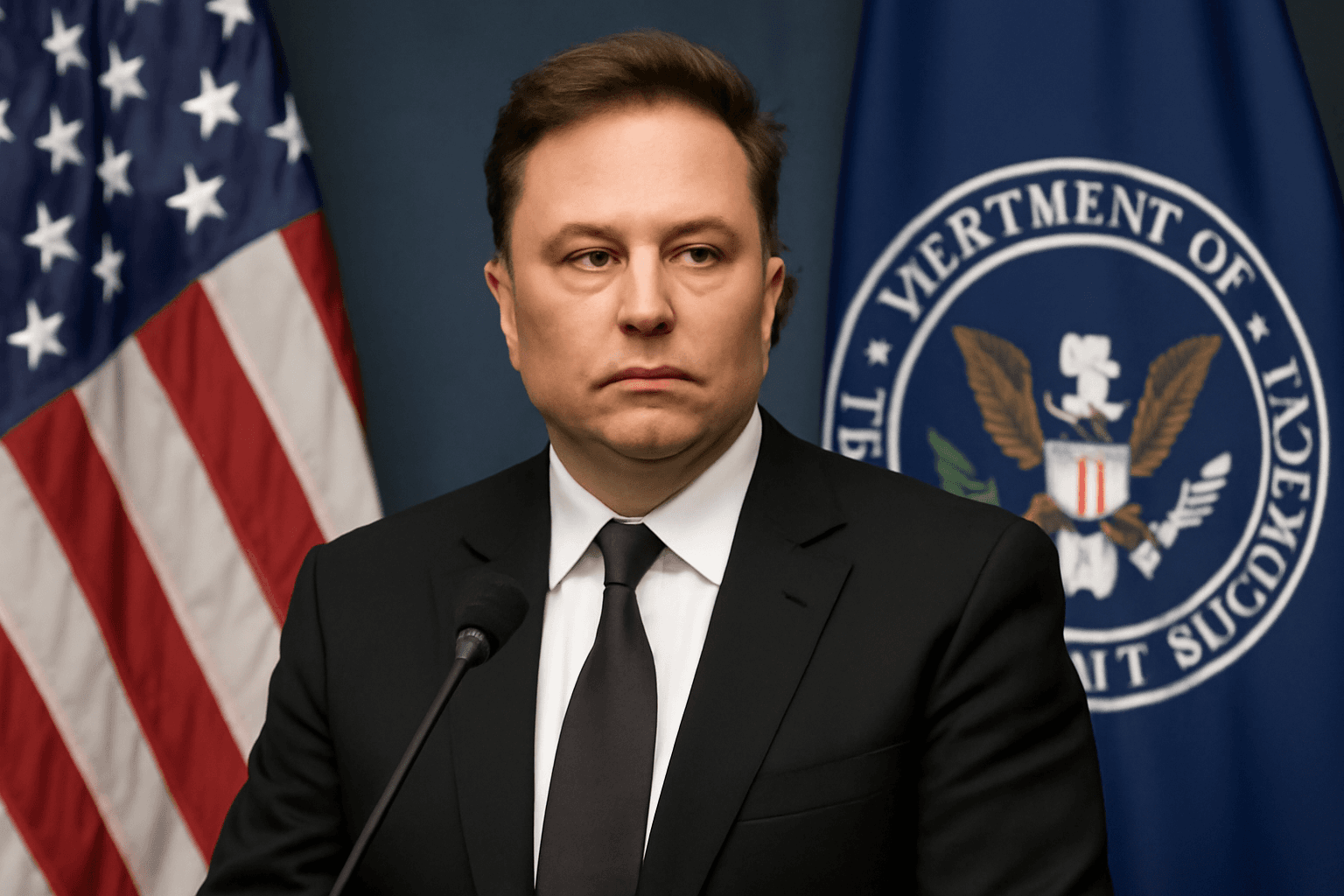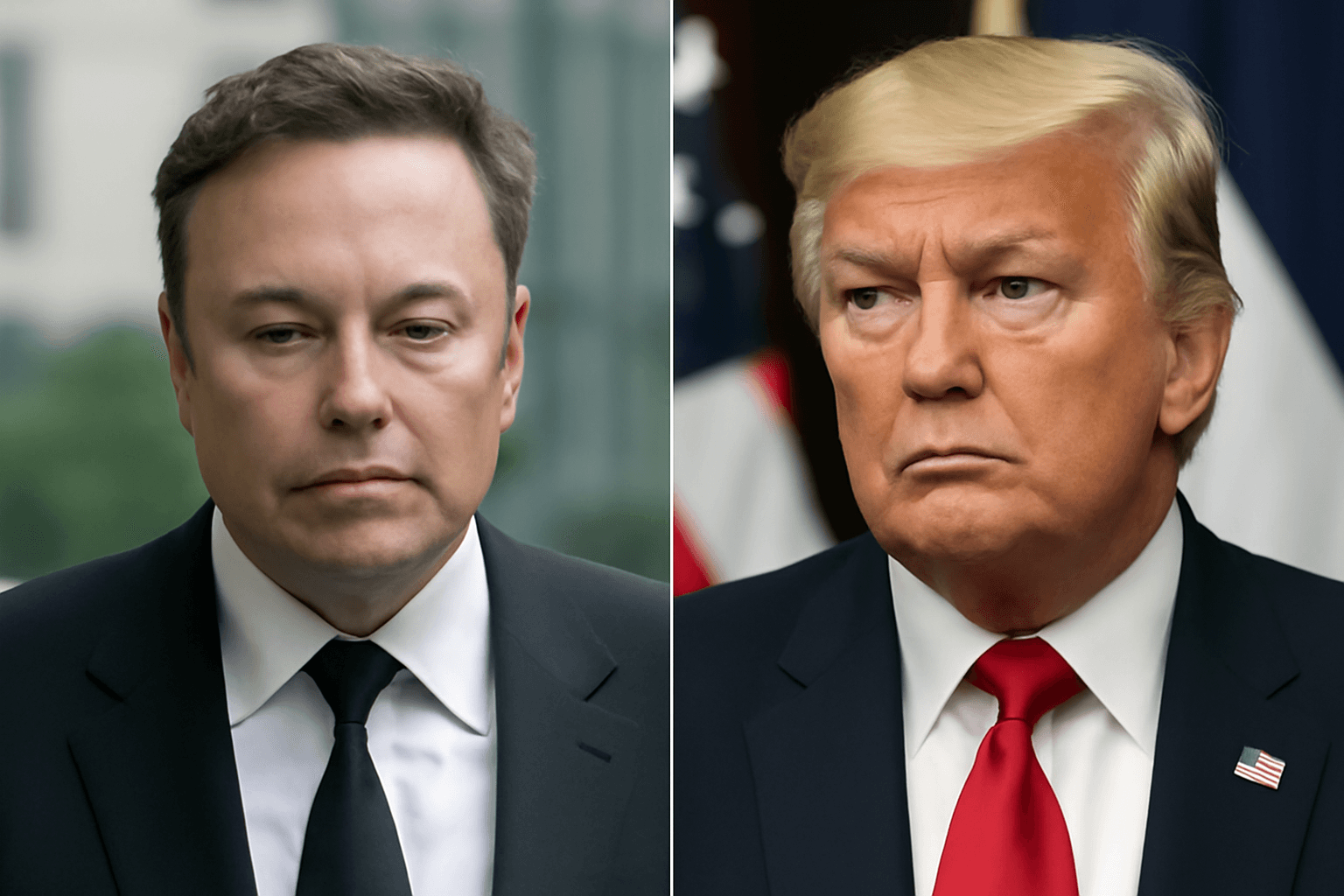Amazon Overcomes Weather Delays to Launch Fourth Batch of Kuiper Satellites
On August 11, 2025, Amazon successfully deployed 24 additional Kuiper internet satellites into low-Earth orbit, marking a significant milestone as its total satellite count now exceeds 100. This launch was the company’s fourth mission dedicated to expanding its Kuiper constellation and came after four previous attempts were postponed due to unfavorable weather conditions.
The SpaceX Falcon 9 rocket lifted off at 8:35 a.m. Eastern Time from Cape Canaveral, Florida, and about an hour later, all 24 satellites were confirmed to be successfully deployed. This marks a crucial step forward for Amazon's ambitious plan to provide global broadband coverage from space, especially as it navigates an aggressive regulatory timeline.
Strategic Collaboration Between Rivals in the Race for Space-Based Internet
Despite being competitors in the satellite internet arena, Amazon has again partnered with SpaceX, relying on the Falcon 9 rocket to launch its satellites. This partnership highlights the complex dynamics of the low-Earth orbit (LEO) space industry, where collaboration is sometimes necessary even among rivals.
SpaceX currently dominates the LEO satellite internet landscape with its Starlink constellation, comprising approximately 8,000 operational satellites serving around 5 million customers globally. Amazon is positioning Kuiper as a compelling alternative, aiming to eventually offer competitive internet service worldwide.
Regulatory Deadlines Drive Urgency
Amazon faces a pressing deadline set by the Federal Communications Commission (FCC) that requires about half of the planned Kuiper satellites—roughly 1,600 units—to be launched by July 2026. The full constellation target stands at 3,236 satellites, expected to be in orbit by 2029. Missing this timetable could jeopardize Amazon’s authorization and could delay or restrict commercial operations.
To meet these goals, Amazon has secured up to 83 satellite launches, including three rideshare missions aboard SpaceX rockets, signaling the company’s commitment to rapidly scaling its infrastructure.
Challenges Beyond the Launchpad
Weather proved to be a formidable adversary in the days leading up to this successful launch, with rain causing repeated scrubs at Cape Canaveral. Such delays underscore the unpredictable nature of space missions and the complexities companies face as they ramp up satellite deployment.
Moreover, deploying a constellation of this scale requires not only technical precision but also navigating political and regulatory landscapes. Amazon is actively engaging with governments worldwide as it gears up to roll out commercial services, expected later this year.
Expert Perspective: The Broader Impact of Satellite Internet Expansion
The burgeoning race to develop satellite internet constellations has profound implications for global connectivity, economic development, and digital equity. By increasing access to high-speed internet in remote and underserved areas, Amazon’s Kuiper project has the potential to bridge significant digital divides.
However, the rapid proliferation of satellites also raises concerns among astronomers and environmentalists about space debris and light pollution. Stakeholders will need to balance the benefits of expanded internet access with sustainable space stewardship to ensure long-term viability.
Looking Ahead
As Amazon pushes forward with its Kuiper program, the company is setting the stage for a new chapter in global communications. The next few years will be critical in determining whether Kuiper can effectively challenge existing providers like Starlink and deliver on its promise.
Key Takeaways:
- 102 Kuiper satellites are now in orbit, after the successful Falcon 9 launch.
- Amazon faces a July 2026 FCC deadline to have 1,600 satellites deployed.
- Partnerships with SpaceX highlight the pragmatism in the competitive aerospace industry.
- Weather and regulatory challenges remain significant hurdles in satellite constellation deployment.

